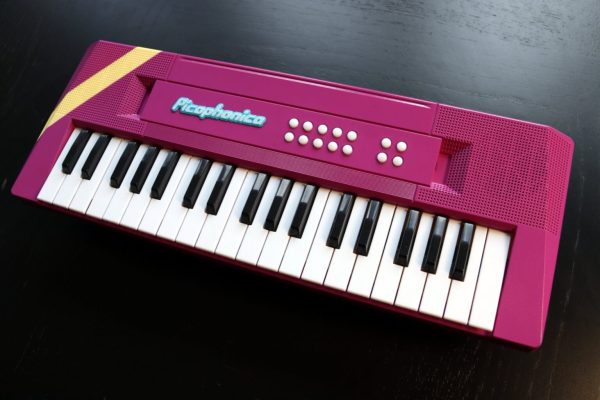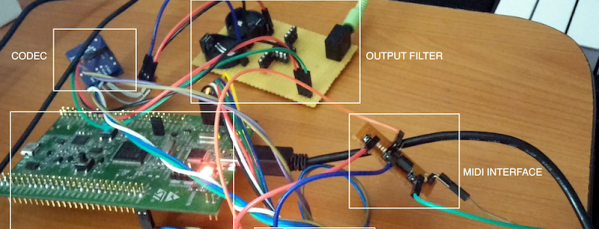The Micro:bit is a fun microcontroller development platform, designed specifically for educational use. Out of the box, it’s got a pretty basic sound output feature that can play a single note at a time. However, if you’re willing to get a bit tricky, you can do some pseudo-polyphonic stuff as [microbit-noob] explains.
The trick to polyphony in a monophonic world? Rapidly alternating between the different notes you want to be playing at the same time. Do this fast enough and it feels like they’re playing together rather than seperately. [microbit-noob] demonstrates how to implement this with a simple function coded for the Micro:bit. Otherwise, it uses the completely stock sound hardware. However, the IR receiver is added to the device in order to allow a simple remote control to be used to command the notes desired, along with some extra tactile buttons to add further control.
Is it chiptune? Well, it’s a chip, playing a tune, so yes. Even if it is through a tiny speaker stuck to the PCB. In any case, if you’re trying to get some better bleeps and bloops out of the Micro:bit, this is a great place to start. If you’ve got other hacks for Britain’s educational little board, let us know on the tipsline!














